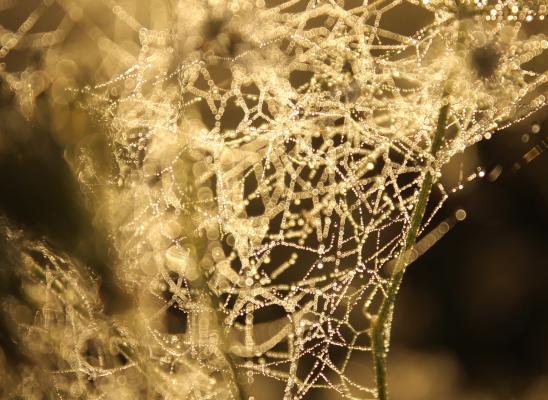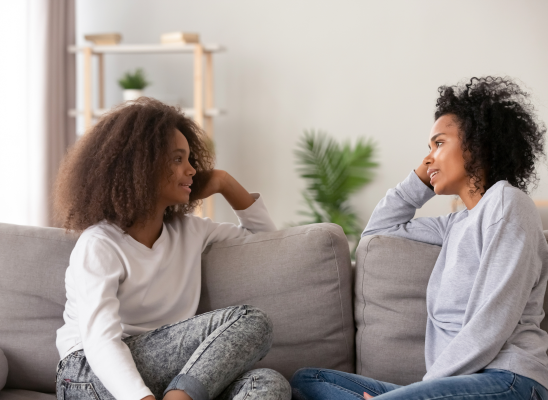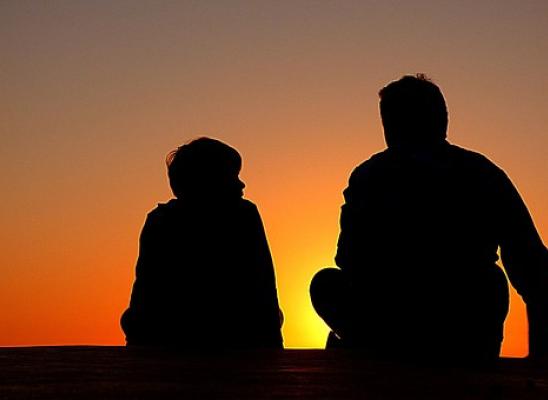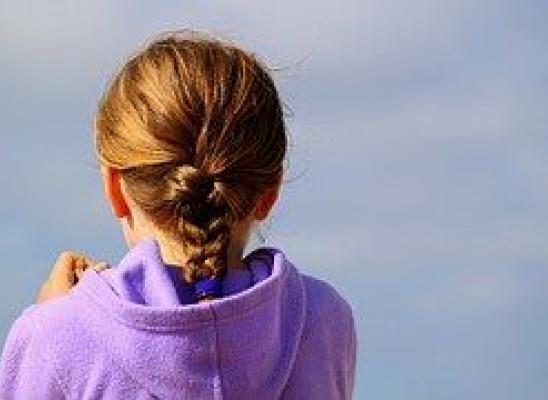Trichotillomania in Children

Online test
Find out the severity of your symptoms with this free online test
Trichotillomania is a disorder that can have highly visible negative physical effects. More importantly, hair pulling can cause devastating effects on a person’s mentality and emotions, as a person can develop feelings of guilt, embarrassment, anxiety, and depression over the disorder, which could in turn cause them to become isolated and withdrawn.
This aspect of the disorder is especially magnified when the focus turns to the presence of trichotillomania in kids, particularly once children move to the cusp of adolescence. When children in this particular age range suffer from hair pulling, the negative emotional impact could be further amplified because of other factors that may occur at the same time. Some of these factors include:
- The onset of puberty
- A developing sense of independence
- A tendency to experience negative feelings intensely
Because of this, children with trichotillomania that are also experiencing the pangs of adolescent growth can be a challenge. One of the ways to quell this is to get familiar with the basics regarding trichotillomania in children.
Important Trichotillomania Metrics
While trichotillomania can present itself in any age range – including infants – studies show that its peak onset happens between the ages of 9 and 13, and especially peaks between the ages of 12 and 13. This is an important metric for parents to know; since children with trichotillomania that are at this stage of life may feel that they are the only ones that are fighting this battle, these metrics will help them realize that their condition is being shared by more people in their age range then at any other point in their lifetime.
Also, while metrics tied to trichotillomania’s lifetime prevalence seems to indicate that the disorder affects females more than males, it should be noted that studies show that the rate of hair pulling in children is equal amongst boys and girls, up through and including the peak age range. This has led to the theory that the gender shift in prevalence is due to the disorder going unreported in adult males and not indicative of the condition itself. This distinction is important to note for parents of male hair pulling sufferers who may point to this lifetime gender discrepancy prevalence as a means to feel further isolated.
Signs and Symptoms
The signs of trichotillomania in children are similar to the signs of trichotillomania in adults. That said, the signs do vary from child to child. For example, some kids may pull out clumps of hair all at once, while others may pull out hair one strand at a time. Additionally, some kids may consciously engage in pulling hair (a behavior known as focused hair pulling), and other kids may start pulling their hair out while in a “trance-like” state (a behavior known as automatic hair pulling).
The reasons for the onslaught of trichotillomania also vary. For some children, hair pulling could occur because they associate a sensation of pleasure or relief from an urge upon engaging in the act. For others, it could be triggered due to experiencing a traumatic incident.
Regardless of the origin of the disorder, the resulting range of symptoms of trichotillomania in kids is similar. From a physical standpoint, the main symptom is the appearance of patches of baldness on the head. This symptom matches up with a child’s typical hair pulling tendencies; while some kids may pull hair from other parts of the body such as eyebrows, eyelashes, arms, or legs, the most common hair pulling area is the scalp. Another physical sign may be the appearance of irritated skin in the places where the hair pulling occurs. Over time, this could lead to the skin developing various infections. If a child also exhibits a tendency to eat the hair that they pulled out, the result could be the formation of a gastrointestinal blockage or even a hairball (also known as a trichobezoar).
The emotional related symptoms of trichotillomania could be even more pressing than the physical aspects. A child that is engaged in hair pulling may experience feelings of guilt, shame, embarrassment, or depression as result of pulling the hair; in some cases, these feelings also trigger the urge to re-engage in hair pulling as a coping mechanism. Feelings of depression and anxiety that grow from the hair pulling episodes can also affect other aspects of their lives. When this occurs, the child may feel a significantly lowered sense of self-esteem, which could in turn translate into a desire to willingly become isolated and withdraw from as many social situations as possible.
These emotions can also have an adverse impact on the child’s parents, as they may not be able to understand why their kid child cannot stop pulling their hair. This could lead to feelings of frustration and anger on the part of the parent, which could in turn cause the child to feel even more depressed and isolated.
Seeking Out Treatment
There are several methods of treatment that are available to help children cope with trichotillomania. The most prominent of these treatments is cognitive behavior therapy; a specialized form of therapy that contains several varying methods designed to help a child recognize thoughts, feelings, and behaviors that are linked with hair pulling. While the ultimate goal of this type of treatment is to help the child find ways to work through the typical trichotillomania triggers, it also provides kids a supportive environment that allows them to freely discuss the issue without fear of judgment.
More importantly, therapy gives the child the opportunity to realize that they are not the only person dealing with hair pulling. This is an important realization for the child to have, even before treatment is sought out. Considering all of the other changes that may be going on within an adolescent’s body during trichotillomania’s peak presentation, finding ways to instill a sense that they are not alone in dealing with the disorder can go a long way into helping combat the negative emotional effects that make this condition so difficult.
Online test
Find out the severity of your symptoms with this free online test
Start your journey with TrichStop
Take control of your life and find freedom from hair pulling through professional therapy and evidence-based behavioral techniques.
Start Now



